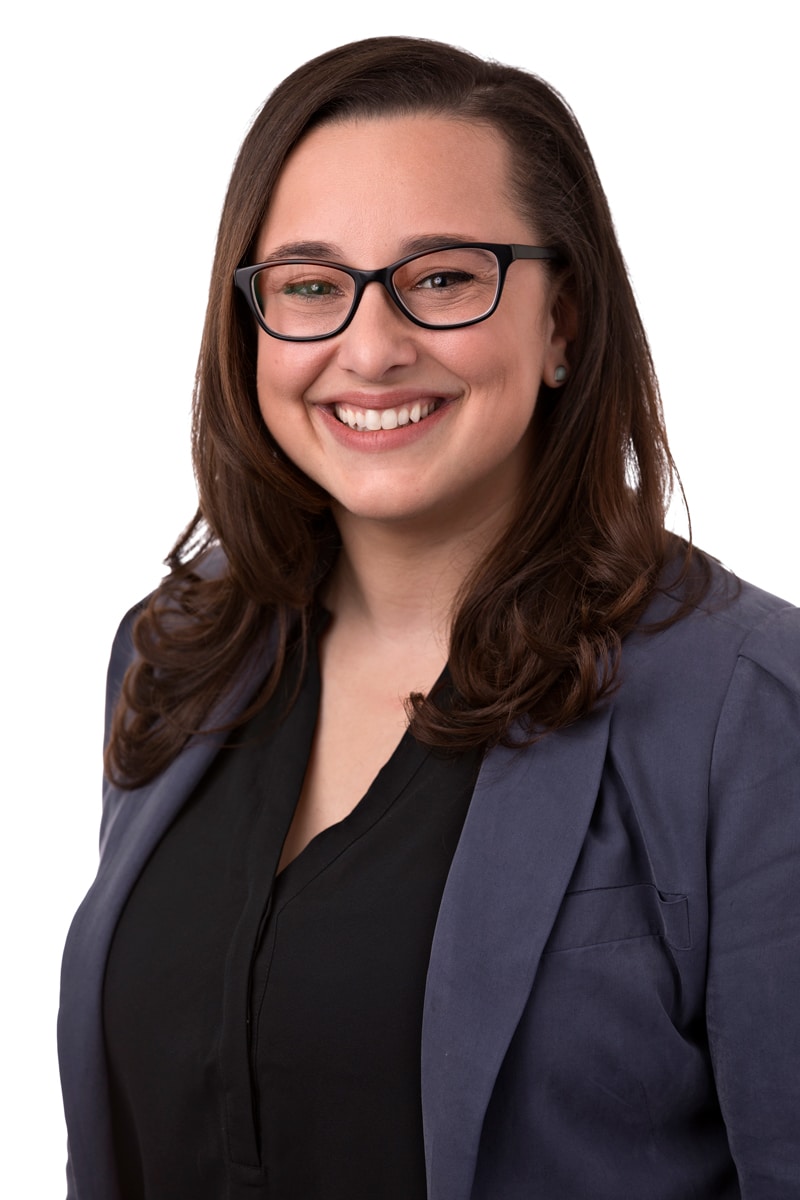Bracing for Future Waves of COVID-19 Cases While Preparing for the Impact of Deferred Care

For those outside of the chaos inflicted on the healthcare community by the COVID-19 pandemic, it can be easy to get caught up in a “rabbit hole”. What happens next? Does everything just go back to normal? When and how is this finished or solved? Does this change everything? What will my world, or my children’s world, look like post-COVID-19? With a foe so intangible and so globally crippling, it can be disorienting to think about the future.
For our leaders on the frontlines, many are courageously locked in 24-7 battles they’ve never dreamed of. They are laser focused minute-to-minute, day-to-day on keeping their organizations afloat, their teams safe, and providing their community of patients with the quality of care they deserve. They are fighting in the moment to be able to see the next moment. It’s possible that many in the thick of this struggle do not have the luxury of looking outward and posing “what-ifs?”. In the midst of active response, our frontline teams continue to prepare and brace for the first COVID-19 surge that could easily overflow our healthcare system, and in some communities, they wrestle with the uncertainty of whether they are already at or beyond the apex, or not.
So, what about the “second surge” of need? As if a potential second wave of COVID-19 alone isn’t enough to plan for, our
healthcare leaders will also have to contend with pent-up demand for care that has gone unmet across non-COVID-19 conditions,
with deepening healthcare disparities, and with new mental health challenges as part of the “second surge” to the system. As we
work in the weeks ahead to re-open critical programs and services that have been shuttered to make room for COVID-19 patients,
deferred care will have a rippling impact on our ability to effectively and holistically manage and care for the communities we
serve. We’ll need to make space for the enormous unaddressed need and latent demand that now exists – urgent, chronic and
routine.
As we start the long road to recovery, how are we preparing to make care and services accessible for so many who have had their
care deferred? As a system? As organizations? As leaders?
Key Consideration to Successfully Plan for an Elusive Future State Post COVID-19
- We must begin planning for the immediate post-COVID world, while we are living the current crisis. There is another “curve to flatten” related to chronic diseases, health disparities, and mental health.
Because there is not one among us that can accurately determine what a post COVID-19 healthcare ecosystem looks like, I’m
hoping to simply highlight a few questions to consider as we manage the current state and plan for recovery.
1. How Will We Estimate the Influx of Deferred or Postponed Preventative, Routine, and Elective Care?
While the world has been paused, some percentage of preventative, routine primary, and elective care needs (e.g. annual physicals, routine dental care, chronic disease care, elective surgeries) will go unmet. A big part of preparing for this is to understand the need. Just like the COVID-19 predictions, we need to model what the impact of deferred care looks like for our communities. Once this need is understood, we can consider ways to expand access, and how to prioritize greatest need as shuttered services begin to reopen. In preparing to respond to this question, we can ask ourselves: what data do we require to make projections for this type of volume influx, similarly to the way we are projecting COVID-19 surges? How do we decide which patients and conditions to prioritize once we can re-open?
Front Line Focus
For the patients flooding our country’s hospitals who are wracked with fear of COVID-19, being greeted by a medical team covered head-to-toe in PPE may be intimidating. Last week, Respiratory Therapist Robertino Rodriguez from Scripps Mercy Hospital in San Diego, CA went even further above and beyond to address that by pinning a photo of himself to the front of his gown. The “Share Your Smile” movement – has taken off across systems and providers.
2. What Can We Do Today to Begin to Manage Pent-Up Demand as it Relates to Deferred Care?
Many who are now sheltering-in-place to help stem the spread of the virus have had their care deferred. How many are now at higher risk? In some cases, care for patients will be interrupted resulting in their conditions going unmanaged and potentially leading to a spike in adverse outcomes and even avoidable admissions. In the current social-distancing landscape, this is the time to consider alternative solutions to address needs now, where we can, in order to manage the influx as services reopen. For
example, we can creatively use telemedicine to help to address the potential wave of patients with non-urgent medical or behavioral health needs. In preparing to respond to this question, we can ask ourselves: today, how in touch are we with those in our patient community that have medical needs that are not being met? What can we be doing to flatten this curve related to unmet need? For example, what would happen if we took this time to equip families with basic healthcare and home care management expertise, or is there a way to reorganize our services today to expand access to care for those at highest risk?
3. How Might Deferred Care Related to the COVID-19 Crisis Impact Healthcare Disparities?
COVID-19 and the post COVID-19 world could be considered like other health factors, and as such, we know it will disproportionally impact some populations. That impact of COVID-19, along with the downstream effects of deferred care are likely to linger and cascade into recovery. Some communities that are already disproportionately impacted by underlying chronic conditions are at greater risk for having adverse coronavirus outcomes (e.g. need for hospitalization after coronavirus infection). Dr. Fauci has commented on this, and Health Equity Solutions in Connecticut also offers a valuable, regularly updated perspective. In preparing to respond to this question, we can ask ourselves: in a post COVID-19 world how will the pressure on the industry caused by deferred care deepen health disparities? How do we address and prioritize the needs for our most vulnerable patients as services are reopened? What support or education might be necessary to help patients feel safe accessing services in a post-COVID-19 world?
4. As We Prepare to Provide for Influx of Patients Whose Care Has Been Deferred, How Do We Address the Potential Burnout, and Mental Health Recovery of Our Frontline Workforce?
Our frontline caregivers are likely facing a marathon at a sprint pace. If there is to be rippling impact from COVID-19 based on deferred care, our frontline community will again be directly in the line of fire and shouldering the lion’s share of the emotional toll, physical risk, and psychological burden. The WHO has provided some useful thought starters in this area, and US News offers a complementary perspective. Both extend beyond the provider landscape. In preparing to respond to this question, we can ask ourselves: how can we prepare for this and provide these teams with relief they require and services that may benefit them so that they may remain safe and continue to provide excellent care? What workforce realignment needs to happen to maintain fully staffed frontline teams as we address deferred care, and what do these teams need to feel adequately cared for by the industry? How do we address stigma and remove barriers to accessing quality mental healthcare?
How Is Your Organization Beginning to Think About Recovery?
Share your thoughts with us on social media, @lucaniapartners, and we’ll help spread the word to other organizations during these challenging times.
About Letters to Leaders
Letters to Leaders is a series written by team members at Fund Love and Lucania Partners. Each week we do our best to offer some perspective on the challenges we all face, as leaders. We also pause to reflect and thank our industry’s frontline leaders and staff, for showing us the way during this unprecedented period. We share our ideas and appreciations from a place of good fortune, gratitude, and humility.

